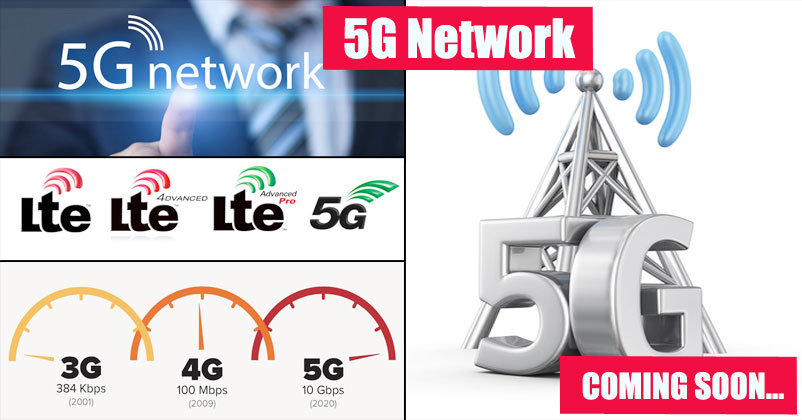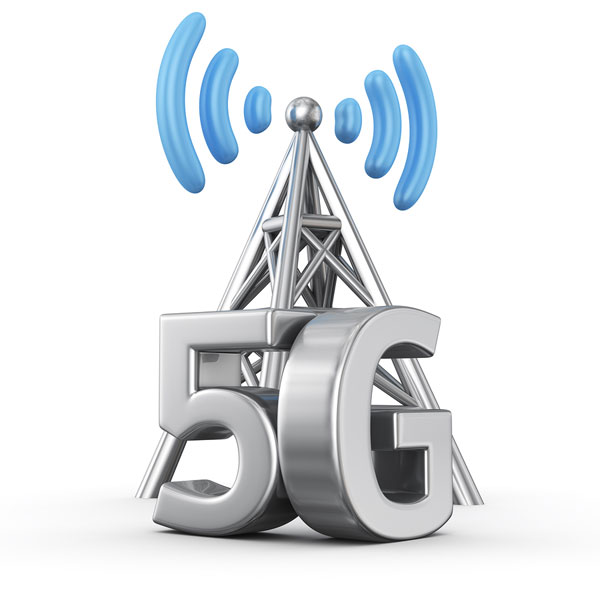5G Network : Latest Trending Base Bands
September 172017
45
"Still stuck with 4G network speeds, prepare to welcome 5G God Speed Network"
5G or the 5th generation mobile networks is the proposed tele-communication standard beyond the current 4th generation IMT Advanced Standards network. This standard aims for higher capacity than the 4G standards of communication network, that would allow much more density of broadband users through smartphones or mobile phones along with a direct device-to-device communication that would be highly reliable.

The research and development are going on, focusing greatly on the lowering of latency as compared to the 4G networked equipment’s and also lowering the battery consumption by the devices. But, as of the present time, unfortunately there has been no proper standards for 5G deployments.

You May Also Like : VIRTUAL NETWORK FUNCTION
There have been several improvements that the 5G network have over the recent 4G network in present India, some of them are listed as follows –
1) Minimum data rate of tens of megabits per second for tens of thousands of users.
2) 1Gb/s data speed to the users in a geographical radius area.
3) Several million simultaneous wireless connections at the same time span.
4) Enhancement of spectral efficiency over the 4G networks.
5) Enhancement and more coverage area.
6) Enhancement of the wireless signal throughout the coverage areas.
7) Reduction of Latency as compared to 4G LTE network.

Based on the observations related to the development progress of the 5G standards, some rumors have spread that the 5G technology will not be hitting the commercial markets before the year 2020. With the advancing mobile generations, these technologies are assigned many new frequency bands along with wider spectral bandwidths for these frequency channels, like the following –
1) 1G is up to 30KHz
2) 2G is up to 200KHz
3) 3G is up to 5MHz
4) 4G is up to 20MHHz
You May Also Like : Upgraded Bluetooth 5.0

The 5G standards targets mainly for the following general network visions –
1) Super efficient mobile network – Implementing a better performing network that can be settled up at a very low investment cost.
2) Super fast mobile network – Assuring much more coverage area along with high signal strengths even to the distant areas from the signal station.
3) Converged fiber wireless network – Using data transmission mediums that could reach a bandwidth up to 10Gbps.

With time, the hardware standards that are defining the capabilities beyond the 4G standards are still under consideration and are grouped under the ITU-T 4G standards. As of 14th July of 2016, the FCC (Federal Communications Commission) have approved the spectrum for 5G that currently includes the 28GHz, 37GHz and 39GHz bands.
Written By Sumant Bag
Keep urself Up to date with my latest technical updates.
View all posts by: Sumant BagShare Your Views In Comments Below
Categories
- Gadgets
- Operating System
- Sharing Network
- Processor
- Developments
- Memory
- Designs
- Softwares
- Graphics
- Robotics
- Hardwares
- Games





